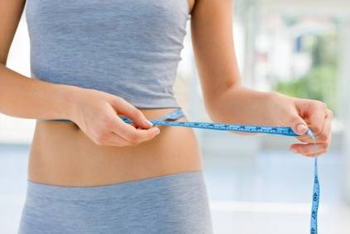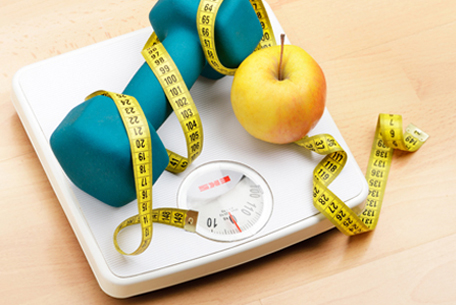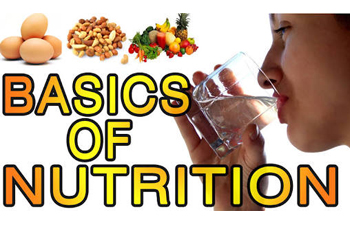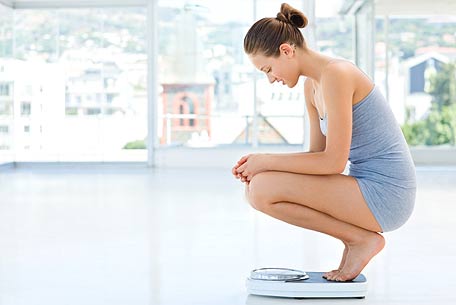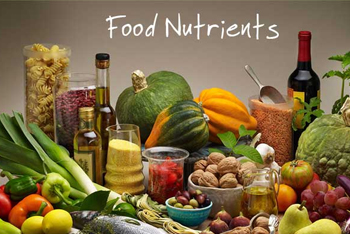Dr. Nitin Gupte Slimming Center in Pune
We Are The Final Destination Of People Who Have Failed Everywhere Else!
For over three and half decades, we have helped Indian people, including specialists doctors, get slim and healthy for a lifetime, not only at our Slimming Center in Pune but also at their homes, all over the world, in our ‘Distance Program’!
Very early in my practice, I realized that people were coming to me much more for diseases like various pains, arthritis, hypertension, diabetes, dyslipidemia (abnormal levels of lipids in their blood), hypercholesterolemia (high levels of cholesterol), heart disease, hypothyroidism, PCOD treatment in Pune, miscarriages and infertility, more than plain obesity. Most of these people were frustrated that conventional treatment just revolved around medicines and was not exactly helping them overcome or prevent many of these diseases.
I am delighted to have been able to help such people successfully overcome or prevent these diseases.
The key to our success world over lies in planning, educating, and inspiring people to make small, but powerful changes to their lifestyle and their normal, everyday food, exercise regularly, rest adequately and be mentally peaceful and happy.
With us, people simply eat healthy, normal, everyday food and walk regularly to lose weight happily, preventing or overcoming many diseases including high blood pressure, diabetes, heart disease, strokes, and infertility, often getting rid of their medication.
Excellent nutrition ensures excellent skin and hair health even when losing over fifty kg!
No bogus slimming medicines or machines, no starvation based ‘diets’, no meal replacement shakes or food packs, no painful workout and protein supplements, no psychological torture!
This website strives to present the basic science of health and nutrition to you through a wide range of simple to understand scientific articles and answers every question that may cross your mind, regarding obesity, weight loss, and health management!
The worldwide success of our treatment is based purely on our system of helping people understand and follow these guiding principles of the modern science of health and nutrition in their day to day life, through an excellently fine-tuned system of daily reporting and daily advice based on the report!
This is exactly the reason why people who have failed everywhere else get slim and healthy with us so easily!
Our Slimming Center in Pune has become the final destination of Indian People who have failed to get slim and healthy everywhere else, not just in Pune, but all over the world!
If you are looking for a totally starvation free, stress-free, pain-free, non-surgical Weight loss treatment in Pune, or anywhere else in the world, your search should end at our Slimming Center in Pune!
Click on the image for more information
Make A Quick Inquiry
FIND THE JOY YOU HAVE LOST
Science Of Slimming
Treatment Fundamentals
Click Here
Treatment Fundamentals
Knowledge
Healthy Lifestyle
Excellent Nutrition
Scientific Exercises As Simple As Walking
Quality Rest
Mental Peace And Happiness
No Gimmicks
Click Here
No Gimmicks
No Starvation
No Fad Diets
No Food Packs
No Protein Supplements
No Bogus Slimming Medicines
No Bogus Slimming Machines
No Painful Workout
No Psychological Torture
Physical Rehabilitation
Click Here
Guide To Recovery, Rehabilitation And Prevention














